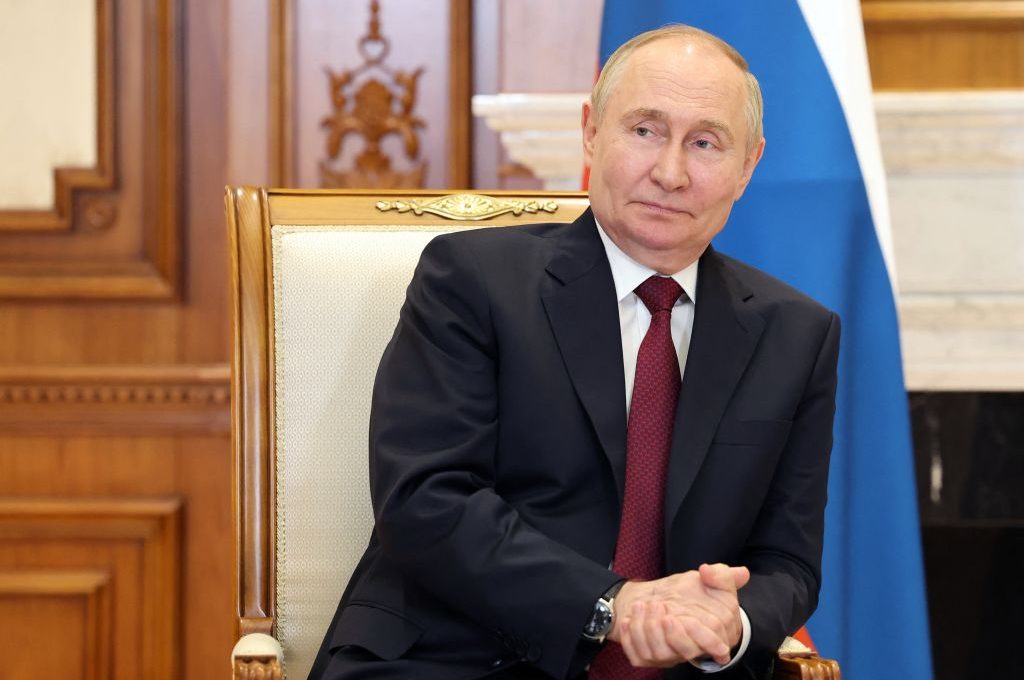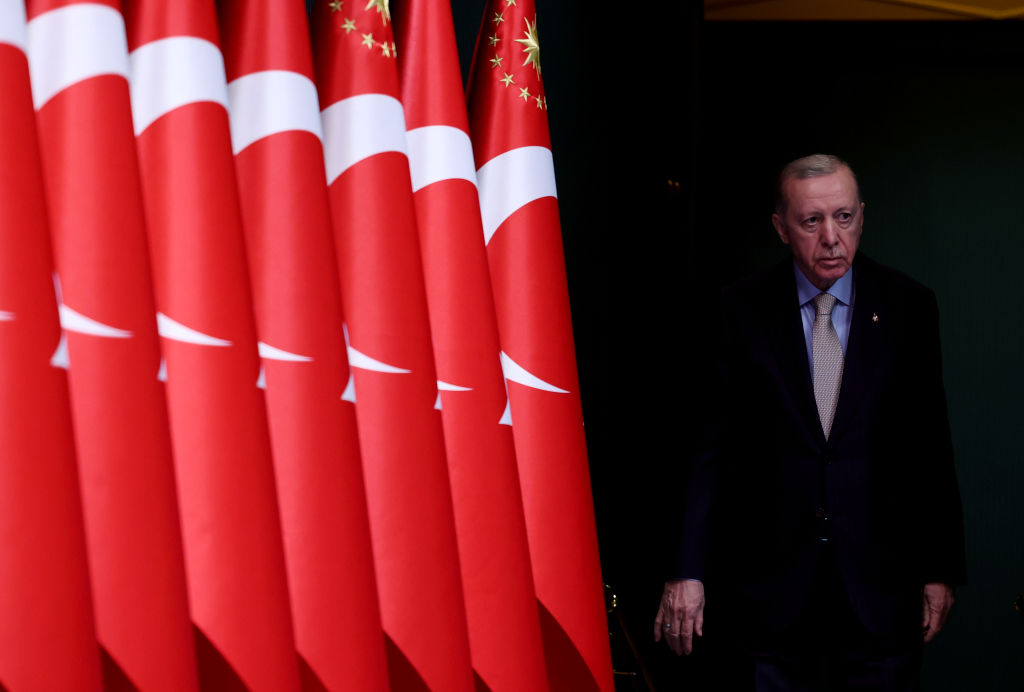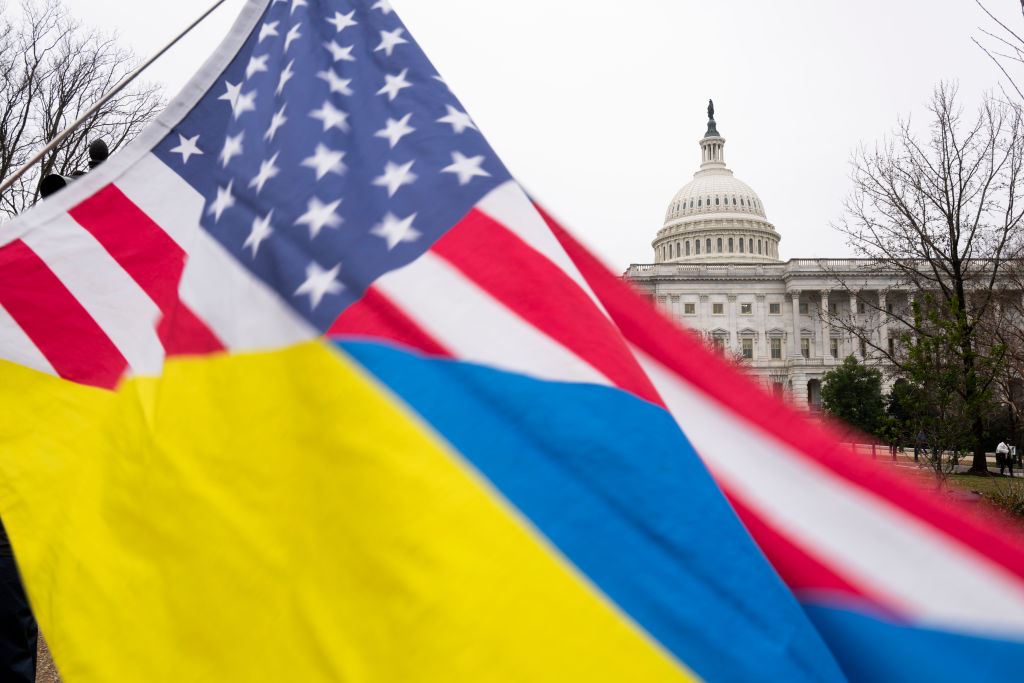Two Russian ships docked Tuesday in Venezuela’s La Guaira port, twenty miles away from Caracas. The stop comes after military exercises were conducted in the Atlantic, with four vessels stopping in Havana late last month. This is all part of a decades-long “look-at-us” operation, also known as a “show the flag” move, as Russia’s defense ministry puts it.
While Russia’s presence in Cuba and Venezuela is not a new phenomenon, conflict in the East has only accelerated their muscle-flexing in the West. These movements mark Russia’s first extensive military exercises in the hemisphere in five years, as well as their first deployment of a nuclear submarine in close proximity to the US since the Cold War. This ship, which didn’t join the others in the Venezuelan port, is the Kazan. Its capabilities include being able to fire Oniks supersonic anti-ship cruise missiles. On its way to Havana with its other friends, it sounded alarms when passing close to Florida.
The US responded then by dispatching three guided-missile destroyers, which were joined by a Canadian and a French warship.
One of the vessels that did make its way to La Guaira, Caracas’s “gateway” since before 1580, is the Federation’s Admiral Gorshkov. The ship is named after Sergey Georgyevich Gorshkov, the commander in chief of the Soviet navy from 1956-85. Symbolically, Gorkshov is the man credited for transforming the Soviet Union’s coastal fleet into a global one — “The man who challenged the US Navy,” as researchers at the US’s Naval War College now remember him. In early 2020, the ship test-launched the maneuvering 3M22 Zircon, a hypersonic anti-ship cruise missile, from the Barents Sea.
Kazan and Gorkshov are among the most advanced ships Russia operates, built in 2017 and 2018 respectively. In parading them in the Caribbean, the message is clear: “We can cause harm, too.”
Joseph Humire, an expert in hemispheric trans-regional threat networks leading the Center for a Secure Free Society, warns The Spectator not to see “Russia’s latest deployment as just a response to whatever armament the United States recently sent to Ukraine.”
“The preparation for these ships to come to Latin America, specifically Cuba and Venezuela, began before any of the most recent shipments into Ukraine were even approved,” Humire said. “Putin and his propaganda machine will play up this narrative — but that doesn’t mean it’s necessarily the case.”
“The US’s defensive and political countermeasures to dissuade the ships [when they were first arriving in Havana] from continuing this voyage didn’t work,” Humire added. He argues that the US’s deterrence wasn’t strong enough, though, “they did send a double-message: publicly not raising the alarm and privately mitigating the dangers.”
Like Cuba’s Fidel Castro and Venezuela’s Hugo Chávez, Miguel Díaz-Canel and Nicolás Maduro are quite fond of Vladimir Putin. Maduro has called him his “big brother,” following his most recent electoral win, and Díaz-Canel visited him in Russia last month.
Thousands of condemnations have been delivered against “the Yankee empire” by these leaders. The visits, the statements and, to some degree, the exercises themselves are nothing new. What’s concerning is the pace and the reasoning.
For Humire, the fact that the ships arrived to La Guaira the day before Nicolás Maduro began his renewed negotiations with the US is not a coincidence: “They are building leverage… The reality is that this leverage has more to do with [Venezuela’s] conquest strategy — including Guyana — and less to do with free elections.” While Humire acknowledges the logic for why to see this as yet another Russian show of force, he thinks that properly assessing Maduro’s actions is necessary, criticizing a “permissive” Biden administration that refuses to “penalize” a deal-breaking Venezuelan government.
On a broader note, it is important to assess both the particularities and the high strategy at play here.
In 2022, Nicaraguan president Daniel Ortega signed a decree giving Russia permission to establish military bases in the Central American country. That same year, Honduras went from calling for Russia to withdraw from Ukraine to abstaining; El Salvador didn’t show up to vote for the UN resolution. In 2018, the Russian military released a plan to deploy supersonic Tupolev Tu-160 strategic bombers in Venezuela’s La Orchila island — Russia’s largest presence in the Caribbean since the Cuban Missile Crisis. In 2017, Bolivia and Russia signed a memorandum of understanding for defense cooperation.
The list goes on.
Russia, and Iran and China for that matter, increasingly look at Latin America as a crucial piece of their geostrategic puzzle. In reminding the US that their so-called backyard is in disarray, adversaries hope to elicit fear — and restraint. How the US ought to respond is a difficult question. What’s for certain, however, is that the US must openly communicate, if not formulate, its regional agenda. Latin America is a priority, whether Washington knows it or not. A lack of strategic prudence globally, deprioritizing its neighborhood, will come back to bite.


























Leave a Reply